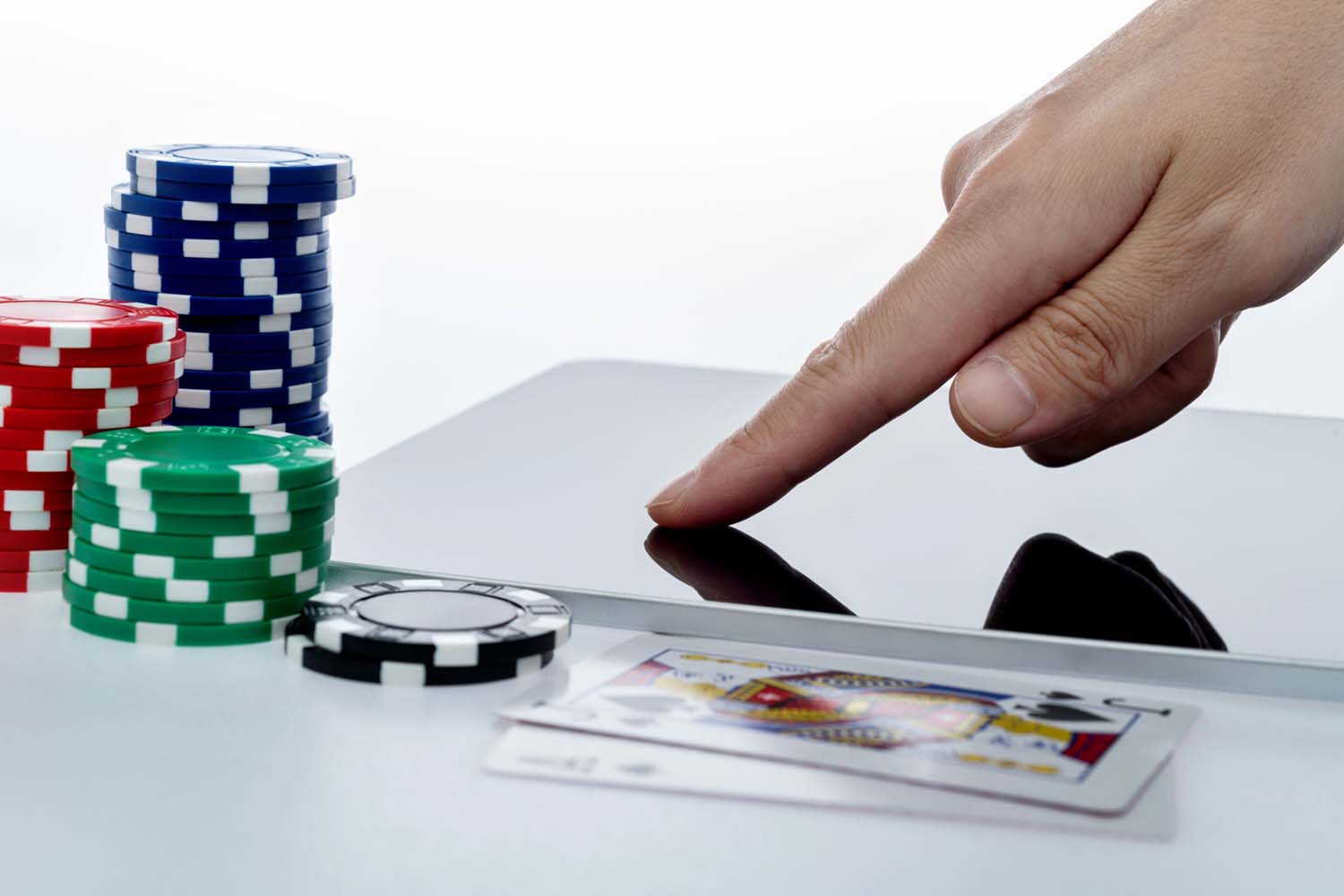If you’ve ever stumbled upon a Lincoln Wheat Penny in your change, you may think whether it could be worth more than just one cent. These coins, minted from 1909 to 1958, have gained the interest of collectors and casual numismatists alike. With their unique design and historical significance, some Lincoln Wheat Pennies might fetch a surprising price at auction, causing many to question the value of the ones they currently have.
Recognizing the factors that affect the value of these pennies is crucial for anyone hoping to potentially cash in on their collection. From the rarity of specific years to the condition of the coins, there are various aspects that determine how much a Lincoln Wheat Penny is truly worth. In this article, we will delve into the details of Lincoln Wheat Penny value, guiding you to uncover whether that small coin could be a hidden treasure just waiting to be unearthed.
Grasping Lincoln Wheat Penny Background
The Lincoln Wheat Cent was first rolled out in the year 1909 to commemorate the 100th birthday of Lincoln’s birth. Crafted by Brenner, it shows a portrait of Lincoln on the obverse side and a pair of wheat ears on the reverse, symbolizing the country’s agricultural heritage. This artwork was notable as it reflected a period when the country was moving into modernity, yet still celebrated its roots.
Initially produced from 1909 to 1958, the Lincoln Wheat Cent became a staple of U.S. money and was widely circulated. The coin saw several variations over the years, including the famous 1909-S V.D.B. penny, which is one of the scarce and most sought-after coins among numismatists today. The design remained well-liked, capturing the essence of the beginning 20th century and the likeness of Abraham Lincoln as a icon of togetherness and progress.
As with numerous coins, the worth of Wheat Pennies can vary significantly based on aspects such as condition, rarity, and interest among buyers. While many of these coins can be located in the wild for their face value, certain editions and conditions can command a much increased amount in the numismatic market. As interest in numismatics has increased, so too has the awareness of the potential worth embedded in Lincoln Wheat Cent.
Aspects Impacting Coin Value
The value of Lincoln Wheat Pennies is influenced by several important factors, primarily their quality, rarity, and demand among collectors. Coins in uncirculated condition, displaying no signs of wear and hold their original shine, are commonly the most sought after. Conversely, coins that are heavily circulated and show significant damage will have a lower market price. Collectors often use evaluation systems to assess a coin’s state, such as the Sheldon Scale, which can greatly influence its value.
Scarcity plays a crucial role in determining the worth of a Lincoln Wheat Penny. Some years and mint marks issued fewer coins, causing them more coveted by collectors. For illustration, the 1909-S V.D.B. penny is notorious for its small mintage and is in great demand, often fetching prices far exceeding average. Coin production discrepancies, such as those from different mints, also add to the aspect of rarity, as some mints minted far a smaller amount of coins than others.
Lastly, market demand is an ever-changing variable that can significantly influence the worth of these pennies. As market trends change, the interest for specific coins can grow or fall, influencing their market value. Additionally, outside factors including economic conditions and the rise of online coin trading communities have facilitated for collectors to tap into and assess the Lincoln Wheat Penny market, likely increasing desire and prices for specific coins.
How to Evaluate and Sell Your Penny
To establish the value of your penny, first analyzing its quality. Look for factors such as wear and tear , nicks, and tarnishing. These coins are evaluated on a scale from Poor to Uncirculated , with better conditions attracting more money. You should also recognize the year and mint mark , as specific years and mints are notably uncommon than others . Consider consulting a coin grading guide to assist you in accurately assessing its condition .
Once you have a clear understanding of its price, think about how you want to sell your Lincoln Wheat Penny . You can opt to sell it to a collector , through an internet auction , or at a numismatic event . Investigate current market prices to ensure you do not misvalue your penny and expect to negotiate. Many collectors frequently appreciate the joy of finding a valuable coin , so presenting your penny’s details in an attractive way can draw in buyers.
Finally, if you want a quick sale, going to a local coin dealer might be the best option. lincoln wheat penny value These dealers can supply quick cash and typically are knowledgeable of the market value . However, note that dealers may provide lower offers than what individual buyers would purchase. Always perform your due diligence beforehand to assess whether you are getting a fair offer for your Lincoln Wheat Penny .

